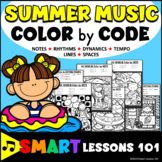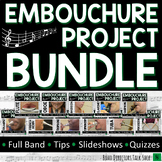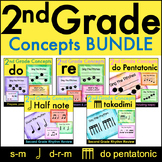4 results
Middle school music composition songs for Easel Activities

Mr. Everybody's Recorder Book 2
Recorder Book 2 introduces the notes F, E, D, C, F# and Bb. You will love the accompaniments which also contain progressive harmony or duet parts. Ideal arrangements for programs whose rehearsal accompaniment are with and without the melody and harmony parts.
Subjects:
Grades:
4th - 8th
Types:
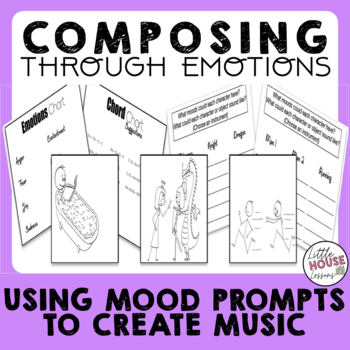
Middle School Music - Introduction to Composing Through Emotions
If you're looking for a middle school music unit to introduce composition, this introductory mini-unit on composing through emotions is perfect! Use the included illustrations to discuss mood and music, teach how emotions can be conveyed through chord progressions, and lead students in composing their own progressions and/or melodies to correlate with each illustration. The illustration charts allow students to identify each emotion for each character and also choose which instruments would best
Subjects:
Grades:
6th - 9th
Also included in: SEL for Middle School Music BUNDLE - Social Emotional Learning

Carnival of the Animals Unit | Composer Bio, Worksheets, & Assessment
"Carnival of the Animals" is a beautiful programmatic piece written by French composer Camille Saint-Saens who wrote each movement to depict an animal. As history tells it, this now-beloved piece was intended to be a joke when his students challenged him to compose a piece about animals! This document includes:Composer biography14 Movements - instruments & imagesColor by Note worksheetsColor by Rhythm worksheetsListening MapsAssessment & answer keyThank You & Terms of UseThese prin
Subjects:
Grades:
PreK - 6th, Staff
Types:
Also included in: 2nd Grade | Year Long Music Lessons & Curriculum | 30% off
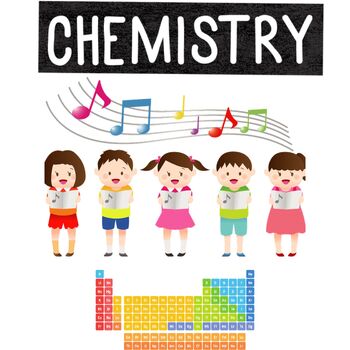
Chemistry The Periodic Table set to Song High School Science
The periodic table is the language of chemists. Chemistry, as a subject, can feel quite tricky to students, because we must knit together three conceptual levels: the sub-microscopic, the macroscopic, and the symbolic. The key is to understand that the symbols are not just another hurdle we have to jump through, they're something that can help us represent complex ideas. And that’s really amazing.Putting the periodic table to music will motivate students to learn the elements in a fun and unique
Subjects:
Grades:
8th - 10th
NGSS:
MS-PS1-5
Showing 1-4 of 4 results

